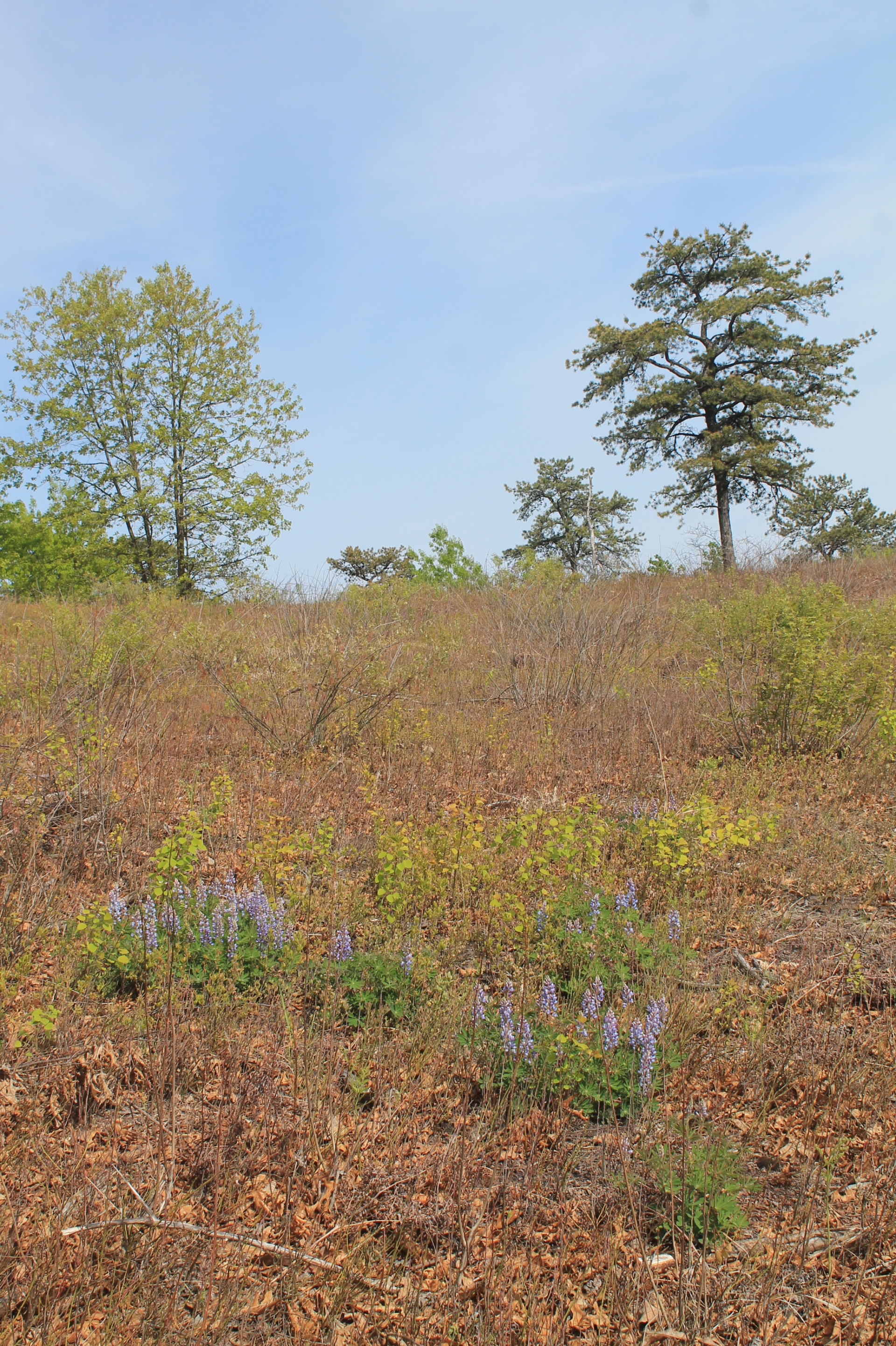by Lynne Jackson
ALBANY: Neil Gifford, conservation director of the Albany Pine Bush Preserve Commission, spoke at the Save the Pine Bush Earth Day dinner on April 22. He brought good news.
Neil began by describing “young forest management.” Young forests are dominated by shrubs and saplings, and are often found where old farm fields and pastures used to be, in places regenerating from timber and in pine barrens. Many species of greatest conservation need live in these young forests.
The Pine Bush is the best example of an inland pine barrens in the world. The preserve is currently about 3200 acres in size, and the Commission has a goal of 5280. The Commission expects that new research will show that 64 species of the greatest conservation need (out of 371 state-wide species of greatest conservation need) or 17% live in the Pine Bush.
Other animals besides butterflies need protection too.
In 2003, the US Fish and Wildlife Service finished its plan to protect the Karner Blue butterfly (KBB). There are 13 federal KBB recovery units; the Pine Bush is the only naturally occurring unit east of Great Lakes. In order to recover the butterfly, the USFWS plan recognizes three viable recovery areas in the Glacial Lake Albany Recovery Unit: the Pine Bush, Queensbury and Saratoga/Wilton.
The Commission has been working to recover the Pine Bush. 1600 acres have been burned with 208 acres in 2014. The Commission uses mowing, removal of black locust, then seeding the areas with lupine, native grasses and wild flowers.
The Commission has been working to increase the KBB population. Staff capture female KBBs during the first brood, drive them three hours to Concord, New Hampshire where they are kept while they lay their eggs and the eggs are raised to cocoons. Then, the cocoons are driven back to the Discovery Center, where the cocoons are held until they morph into butterflies and released. Each female KBB can lay up to 150 eggs; the Commission staff have released 6,600 butterflies at the rate of 400-600 per site since 2008. All KBB sites in the Pine Bush are now self-sufficient. This release program has worked.
Fourteen thousand Karner Blue butterflies were counted in the second brood in 2014. Last July, KBB were even found on the front lawn of the Discovery Center.
Recovering the Pine Bush for the KBB helps other species as well. The Commission has stopped counting Frosted Elfin, because they are doing so well in the lupine fields. Other animals that are benefiting include the worm snake (which has been found on Blueberry Hill), buckmoths, and many birds.
Neil has a particular soft spot for birds — he was trained and is a master bird bander. He sets up nets, pulls the birds out, puts bands on the birds. Neil looks at what birds are caught, the feathers, age, and gender. His research has shown there are 92 species of birds in the Pine Bush. Some of the birds found in the Pine Bush include woodcock and prairie warblers.
I would like to observe that I found Neil’s presentation to be simply astonishing. The good news from the Commission’s efforts to recover the Pine Bush are amazing. Save the Pine Bush had many dark days about a decade ago, when we feared the Karner Blue would become extirpated from the Pine Bush. At that time, the Commission had presented to the City of Albany charts showing how many butterflies were in the Pine Bush — there were less than 200 butterflies counted, with some sites having only 4 or 5 butterflies. We knew that less than 1000 individuals were not enough to preserve the genetic diversity of a species, and so few being counted was a disaster.
That last summer, 14,000 butterflies were counted during the second brood is nothing less than amazing.
Another point that Neil made was criticisms of the “karnerazation of the Pine Bush" or the idea that the Commission focused only on preserving the Karner Blue at the expense of all the other species. Turns out, making the ecosystem healthy for one native species, makes the ecosystem healthy for the other species in that ecosystem. The Commission’s focus to remove invasive species such as black locust, quaking aspen, and to remove these species in what may be perceived as a dramatic manner (removing everything down to the sand, except the pitch pine), has proved to be a benefit. Yes, the Commission has scraped some sand dunes clean of all vegetation. These bare sand dunes look out of place in the woods. However, by ridding the Pine Bush of these invasive species has allowed the natural species of the Pine Bush to flourish. Recovery of the Pine Bush to its natural state is being vigorously pursued by the Commission, and so far, has been a success.
Published in June/July 2015 Save the Pine Bush Newsletter
